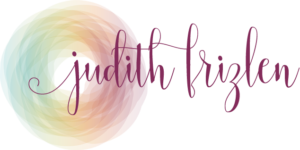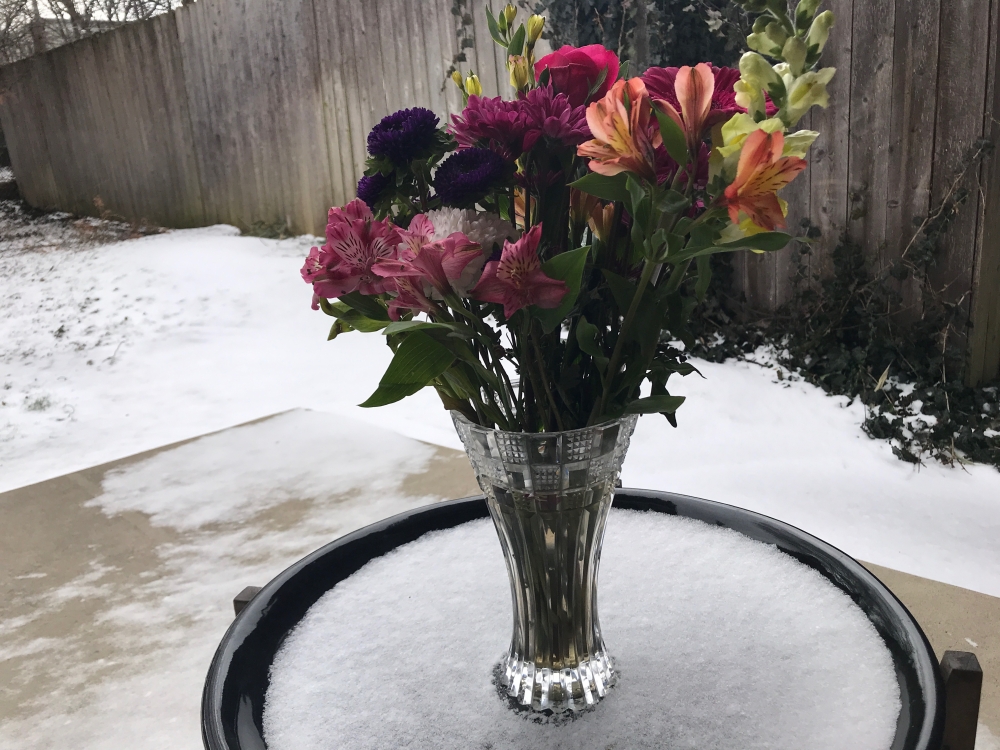My mother used to say I was the boldest shy girl she’d ever met. I’m just realizing how those two sides are expressed and how much they are inter-connected. I like to refer to the shy one as vulnerable, and the bold one as bad-ass. The vulnerable one is open to the experience of self and others—all of it. The bad-ass one sets boundaries to protect the vulnerable one, by giving her a voice that can say “no” or “stop” or “that hurts.” Both sides are strong, precious and valuable. Together they write the story of a healthy, balanced woman, who feels safe within herself.
When my sister and I were teenagers, beginning our adventures in the world, we noticed girls who stood out in social settings. We called them “hard girls,” defining them as different from us, “nice girls.” Although we were intrigued by them, we did not identify with them. They dressed sexy and cool, laughed loudly, and held their own, even in a group of guys. Those were things that we had socialized out of us. Nice girls were demure, deferential, and people-pleasing. Instead of standing up for ourselves when mistreated, we would cry, run or hide. The standard of femininity was to measure our value by whether we made others happy, blaming ourselves when we failed to do so.
By not listening to the self that knew how to stand up for herself, we lost touch with both her voice, and the truth. The voice of the wronged one turned inward against the very self it needed to protect. Nice women carried a burden of guilt and shame about whatever happened that was not pleasant. The bad-ass self was locked up inside.
The bad-ass was still there, though. She would come out in moments of frustration or excitement, bubbling over like a pot that had simmered too long on the stove. When she did come out, however, we would later experience embarrassment and shame. The bad-ass self would be blamed and subsequently punished. The nice girl, the vulnerable one regained control but grew unhappy and resorted to sulking and complaining.
Eventually, the once silenced feminine voices started to speak up. Welcome back to the bad-ass self! Only then could that aspect of the feminine join hands with the vulnerable side, each honoring the other. It’s scary to say, you hurt me. It takes courage and boldness to speak out in ways we had been taught were culturally unacceptable.
I admit I mistreated, hid, judged, and feared my own bad-ass self. By silencing her, I was an accomplice in harming myself. The silenced friendly bad-ass voice turned inward into a critical bad-ass enemy. No, you can’t do that to me became, “I should have” or “I wish I would have.” I was wronged became I am wrong.
This is the time for women to reclaim the voice of the bad-ass self. There is no better phrase to describe it. Believe me, my well-trained, declawed nice girl thinks twice about using swear worlds in public. Bad-ass is about claws and at times, we need them!
Back in the 1970’s, my sister and I were both attracted and repulsed by the hard girls, but they are not the “other.” They have the ability to take care of themselves, a skill every woman both possesses and needs. They came to our attention when we were younger because they were expressing what we knew we needed to express. It took us awhile and lots of practice to acquire the skills they had, while retaining our vulnerability, which was our strong suit to begin with.
This moment—when our society is finally acknowledging that women need to show the world their bad-ass sides, opens the door for personal reckoning. Go ahead. Be open and vulnerable but be sure to bring your bad-ass sister with you. She can handle the rumbling and shifting of the earth, while holding the vulnerable one safely in her arms.
I have decided to embrace both my vulnerable and my bad-ass self. I see that as a source of power, but don’t take my word for it, see for yourself. You don’t have to be vulnerable or bad-ass, you can be both.

